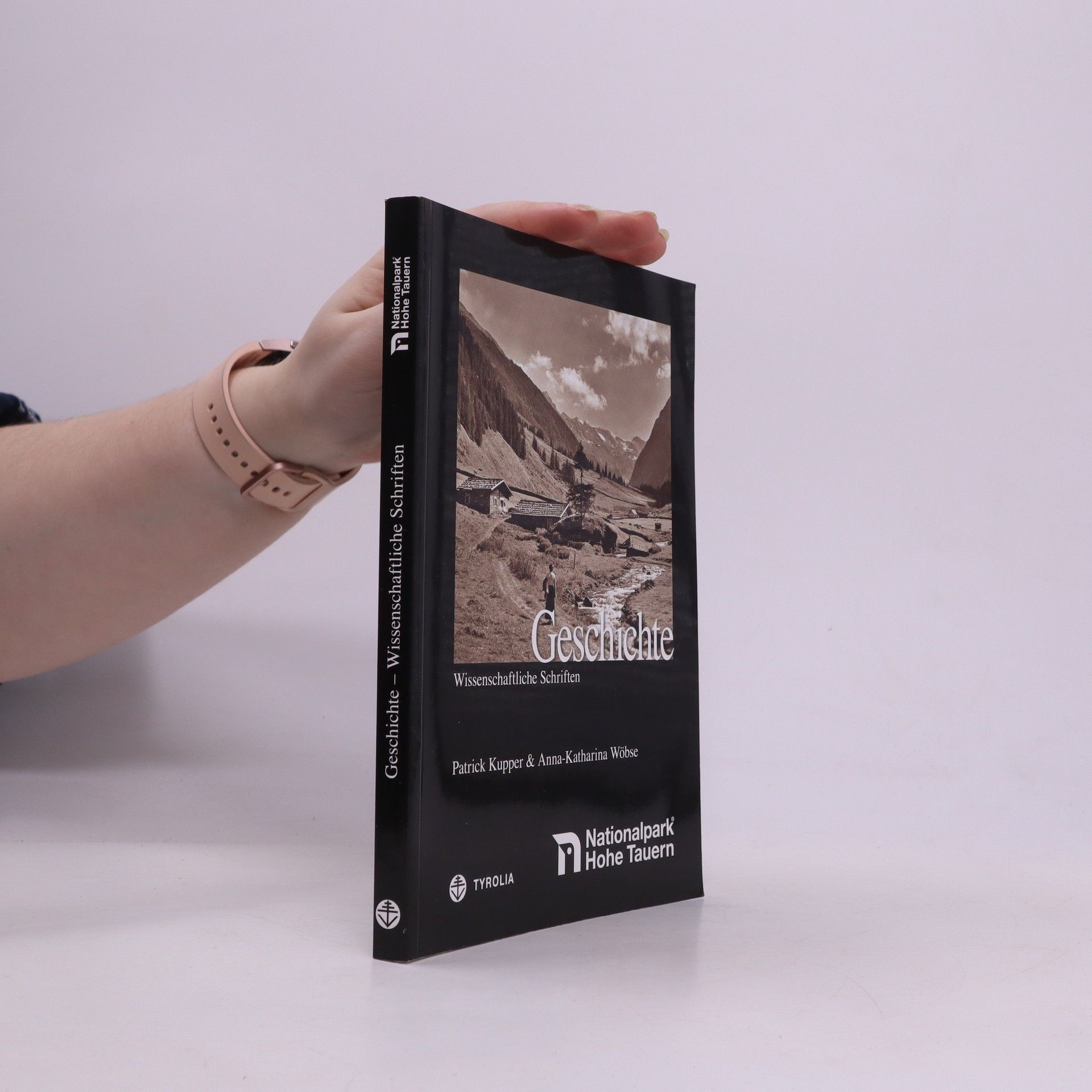Umweltgeschichte gewinnt in Lehre und Forschung immer mehr an Bedeutung. Das Buch führt in Konzepte, Felder und Methoden des Faches ein. Es behandelt die großen Themen der neueren europäischen Geschichte wie Industrialisierung, Urbanisierung oder Imperialismus aus umwelthistorischer Perspektive. Geeignet für Lehrende und für Studierende vom Bachelor- bis zum Master-Niveau.
Patrick Kupper Libri




Geschichte des Nationalparks Hohe Tauern
Mit Beiträgen von Ute Hasenöhrl, Georg Stöger, Ortrun Veichtlbauer und Ronald Würflinger; Herausgegeben vom Salzburger Nationalparkfonds Hohe Tauern
- 203pagine
- 8 ore di lettura
Der Nationalpark Hohe Tauern, gegründet in den 1980er Jahren, ist das Ergebnis gesellschaftlicher Auseinandersetzungen, die weit zurückreichen: in die Monarchie Anfang des 20. Jahrhunderts, in die Jahrzehnte der ersten Republik und in die Zeit des Nationalsozialismus. Das Buch verfolgt diese wechselhafte und kontroverse Geschichte bis in die Gegenwart hinein und verknüpft sie mit der europäischen und internationalen Naturschutzgeschichte. Es zeigt auf, woher die Ideen für einen Nationalpark stammen und wie sie sich wandelten. Es porträtiert die Akteure und ihre Aktionen, schildert die Konflikte, die entstanden sind, und wie sie beigelegt werden konnten. Als historischer Schauplatz eines jahrhundertlangen Ringens um Nutzung und Schutz erscheinen Region und Nationalpark Hohe Tauern in einem neuen, ungewohnten Licht.
Der 3in1-Reiseführer Harz entführt in die geheimnisvolle Welt der Hexen und Luchse. Die einzigartige Landschaft des früher durch den Eisernen Vorhang geteilten Mittelgebirges lässt sich mit dem kompakten Werk aus Reiseführer, Rad-/Wanderführer sowie Kartenatlas wunderbar entdecken.
3in1-Reiseführer Pfalz
- 192pagine
- 7 ore di lettura